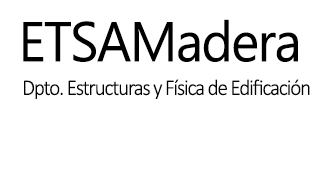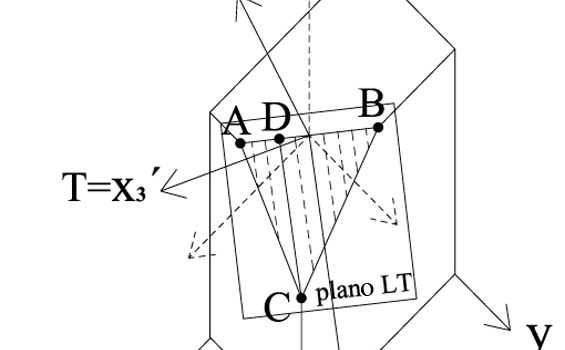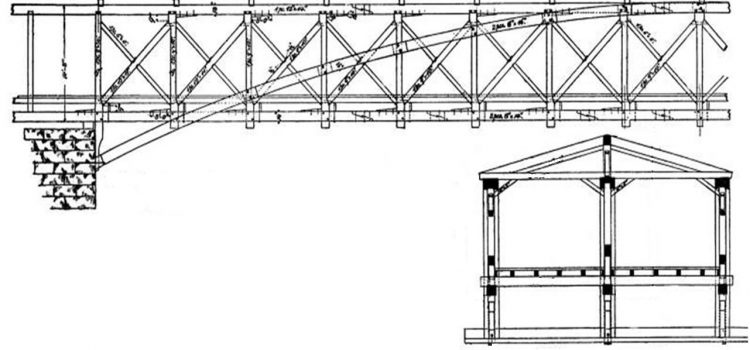Abstract The term clear wood corresponds to the macroscopic scale, where the orthotropic elastic model is commonly used. This model is defined by a compliance matrix composed of nine parameters, the elongations and angular distortions of which are uncoupled. The
Majano-Majano A, Fernandez-Cabo JL, Xavier J. (2012) Characterization of clear wood by a single specimen: evaluation of first results and further improvements. 6th European Congress on Computational Methods in Applied Sciences and Engineering (ECCOMAS 2012), Vienna, Austria.









